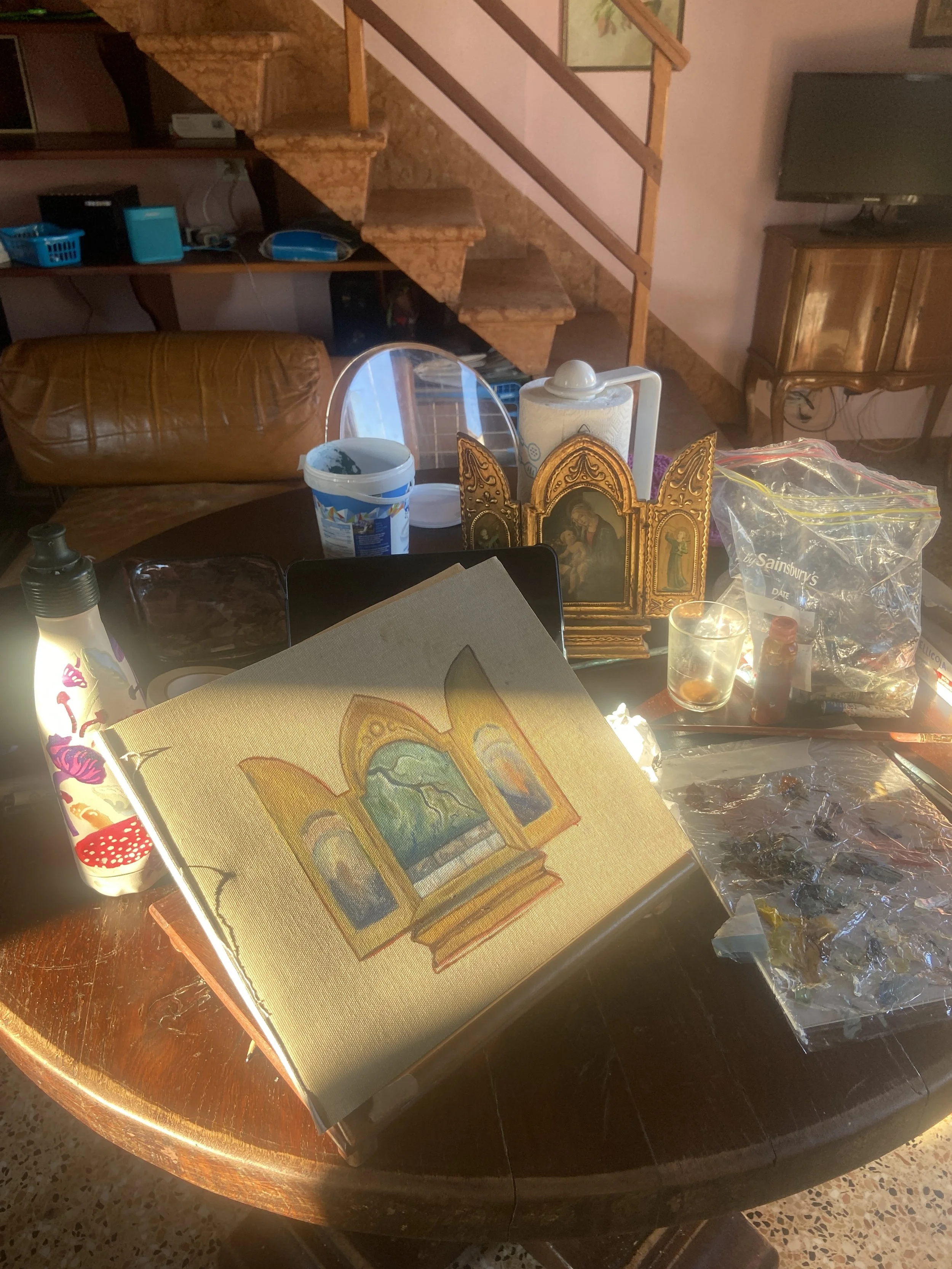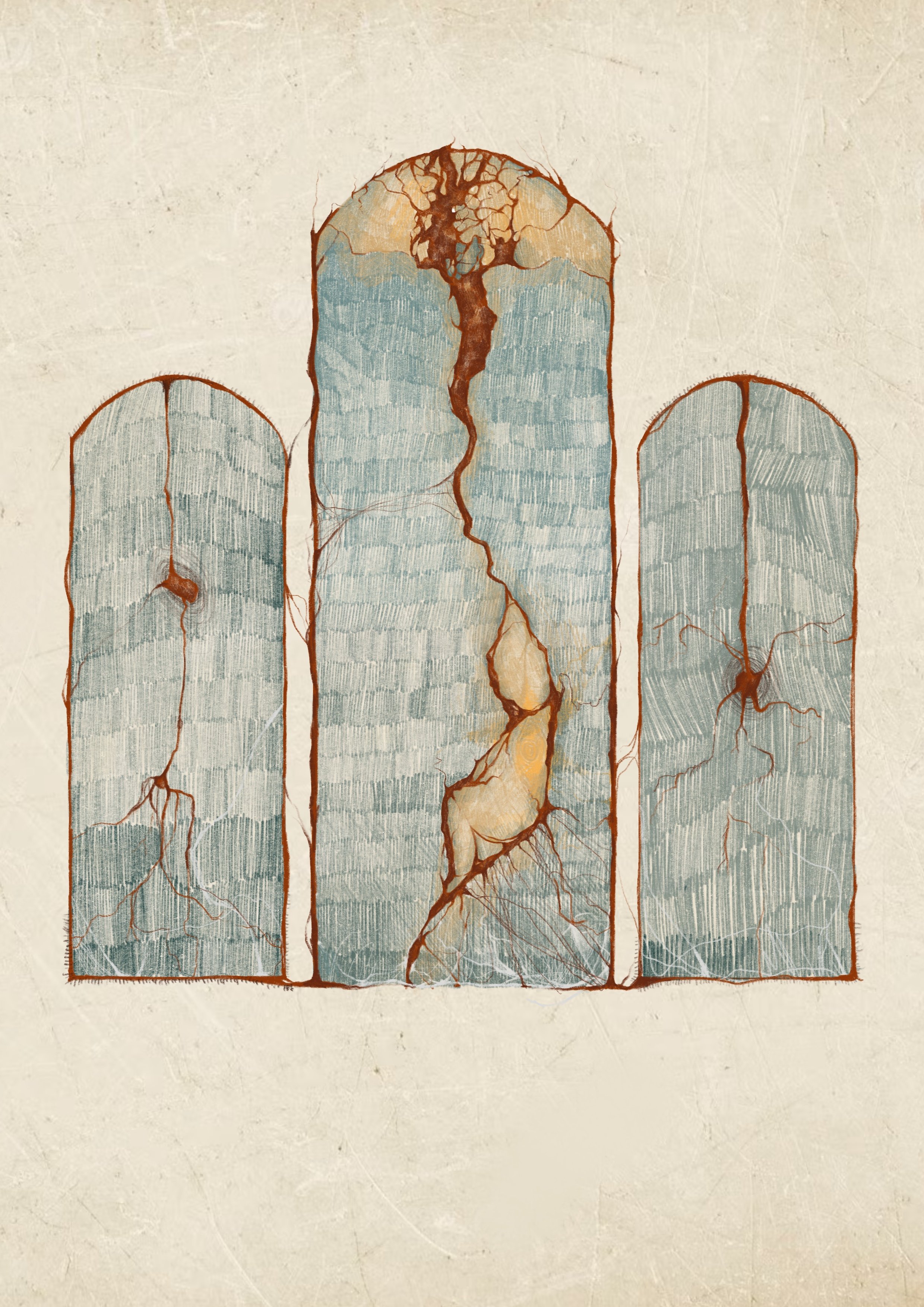Where are the trees?
… was my first question at the Biennale. The trees are underneath us. Venice is built on a forest but there are not many pockets of greenery you can access. Gardens are private, via appointment only, or locked behind ticketed gates in the Giardini. Water is everywhere, but a fine if you touch the canal, another island if you want to swim, and even then, its a membership for the beach or a mile walk for the free sea. The book I read in the first week, Venice is a Fish, started to make sense, with this island caught at the lip by tourism.
While the actual landscape is curated by brick and bridge, themes of the natural world and climate change run strong throughout the city. During my first few days I came across Ocean Space who performed at San Lorenzo church, with metal sculptures of the sea which played like instruments. They created a chorus of the water in a space used for spiritual connection and prayer. It felt like the cries of the ocean were being translated into human-terms, as Ocean Space stand as an embassy for the Ocean, fostering wonder, engagement, and collective action.
As part of the exhibition "Thus waves come in pairs", curated by Barbara Casavecchia, Berlin-based artists Petrit Halilaj and Álvaro Urbano present a new installation and performance titled "Lunar Ensemble for Uprising Seas". The work, occupying the west wing of Ocean Space, is an evolving ecosystem comprising over 40 large-scale sculptures of hybrid aquatic, terrestrial, and aerial creatures, set beneath an egg-shaped moon. It evokes new possible forms of life and queer alternative futures, which can be imagined together.
As religious buildings dominate the architectural landscape here, they allow art themes to co-exist with history, community and spirituality. As well as Thus Waves Come in Pairs in San Lorenzo Chiesa I have also seen Belonging in Basilica di San Giorgio Maggiore and Everybody Talks About the Weather at Fondazione Prada. Artists such as Vivian Suter have works displayed on a backdrop of religious paintings, and branched sculptures co-exist with alters. This has really made me think about sacred spaces, and how the religious ones offer modes of thinking which bring people together, connect to a spiritual realm to try and alter their future. Using the motif of an alter as a sort of portal to unseen realms I started these drawings, framing imagery from my research into the lagoon and as that of religious observance.
























